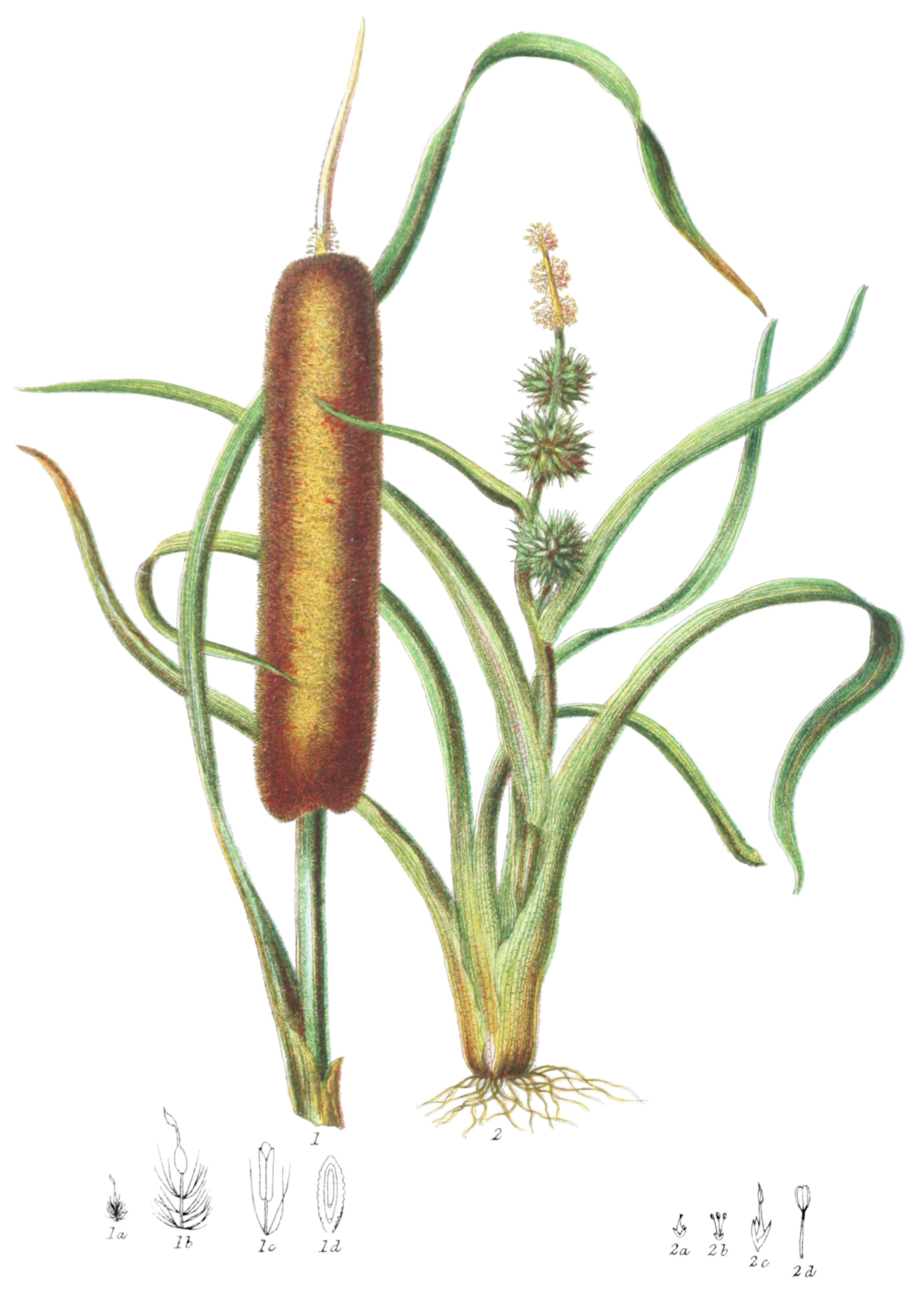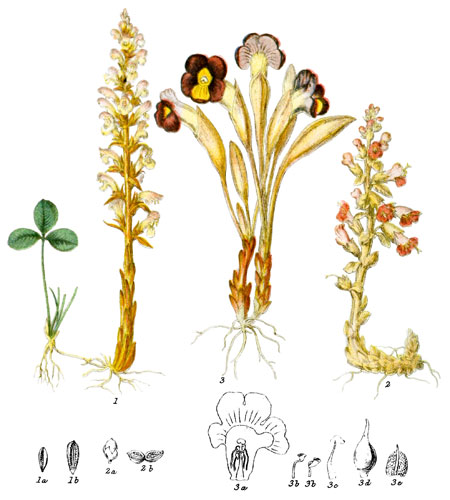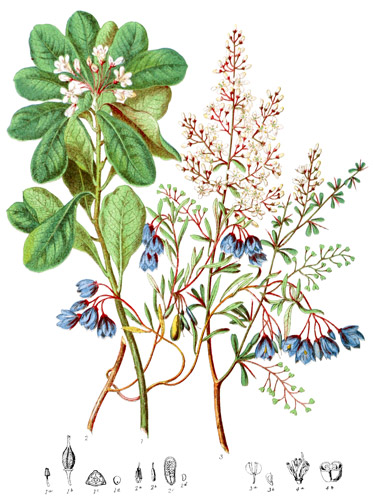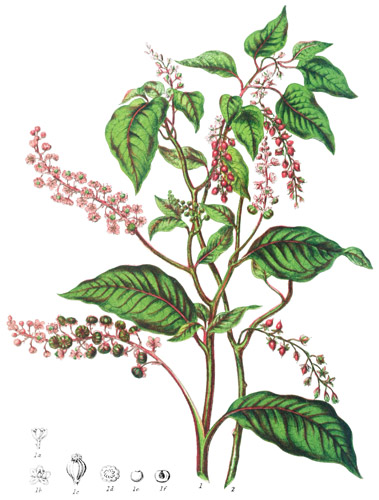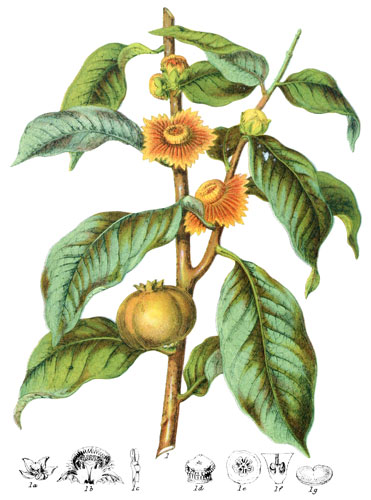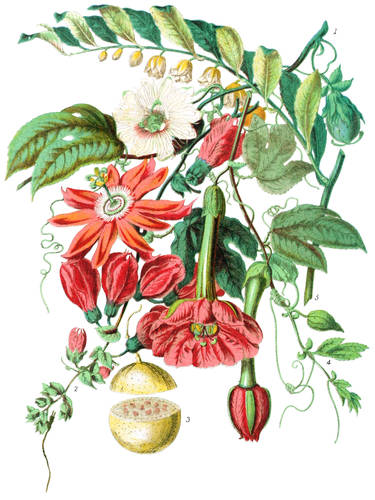Key characteristics
Herbaceous plants growing in marshes or ditches. The stems are without joints. The leaves are rigid, sword-shaped, with parallel veins. The flowers are closely set on a spandix without a spathe. The stamens and pistils are in separate flowers; the corolla consists of three scales, or more, or a bundle of hairs. The stamens are three or six; the anthers are wedge-shaped, attached by their base to long filaments, united together in some instances. The ovary is simple, above the scales, one-celled; the style is short, the stigmas simple and linear. The fruit is dry, not opening when ripe, one-celled, one-seeded, angular by pressure. The seed contains mealy albumen.
This Tribe has affinity with Cyperaceæ and with Araceæ, but is distinguished by the triple parts of the corolla, and the wedge-shaped anthers.
Very slight properties exist in these plants.
Select plants in this order
Not all plants listed are illustrated and not all plants illustrated are listed.
- Typha, which gives its name to this Tribe, was named from the Greek for marsh, where the species generally grow.
- T. latifolia (1) is one of the finest of our aquatic plants, of very picturesque appearance when the dark brown spike of inflorescence rises amongst the tall leaves. Its old name of mace-reed seems to indicate that it was supposed to be like that token of power and dignity, and for that reason, probably, it was very frequently adopted by the ancient Italian painters as a sceptre in the hand of Christ, when the soldiers in mockery saluted him as king. It grows in watery places in all Temperate countries, so was doubtless at all times a well-known popular plan. The pollen of the anthers is of a very flammable nature, readily burning with a bright light. In poor countries, the downy seeds are sometimes used to stuff pillows, the stalks and leaves are made into mats, and are also useful for thatching. The young roots, which contain starch, are said to be eaten by peasants in Germany; in some countries of Asia, the natives consider them to have medicinal properties. In general value, however, these plants are not of any important use to man, nor is their foliage good fodder for cattle. T. latifolia covers lagoons in Jamaica, often mingled with another English aquatic Potamogeton natans.
- Two smaller species are rarely found in England; and a third, T. minima, withs slender bristle-like leaves, grows in the wet sands of Alsace.
- The British T. angustifolia is also a native of the southern, as well as the northern parts of India, in Siberia, in the Caucasus, and in Australia; affording an example of the capacity aquatic plants possess of adapting themselves to various countries and climates.
- One species of Typha nearly resembling it is very frequent in pools in St. Domingo.
- T. elephantina is common in India, and much employed by the natives in making mats and other useful articles.
- Sparganium is a name said to be derived from the Greek for band, alluding to the ribbon-like leaves; it is very common in streams and ditches throughout Europe, usually intermixed with Sagittaria and Lythrum. It is dispersed, likewise, throughout North America, has been found in Australia, and one species (S. carinatum) was discovered by Dr. Falconer in Cashmere.
- S. simplex (2) is frequently found in watery places on a gravel soil; the erect stem is entirely simple, except that the lowest head of flowers is placed on a short stalk.
- S. ramosum, a larger species, has strong creeping roots, which soon fill up a pond if not cleared away.
- S. natans formerly floated abundantly in the fens of Cambridgshire and Lincolnshire, but is now chiefly to be seen in Scotch lakes.
Locations
This small Tribe inhabits the marshes, streams, and ditches in the northern countries of the world; it is rare in the Tropics, two species only are known in Equinoctial America, one in the West Indies, one in Australia.
Legend
- Typha latifolia, Great Bulrush, or Cat’s-tail. Marshes and streams, England.
- Pistil Floret.
- Magnified.
- Sparganium simplex, Upright Bur-reed. Streams, England.
- Pistil Floret.
- Stamen Floret.
- Pistil Floret magnified.
- Stamen magnified.
*1c and 1d were not named in the original description.
Explore more
Posters
Decorate your walls with colorful detailed posters based on Elizabeth Twining’s beautiful two-volume set from 1868.
Puzzles
Challenge yourself or someone else to assemble a puzzle of all 160 botanical illustrations.
